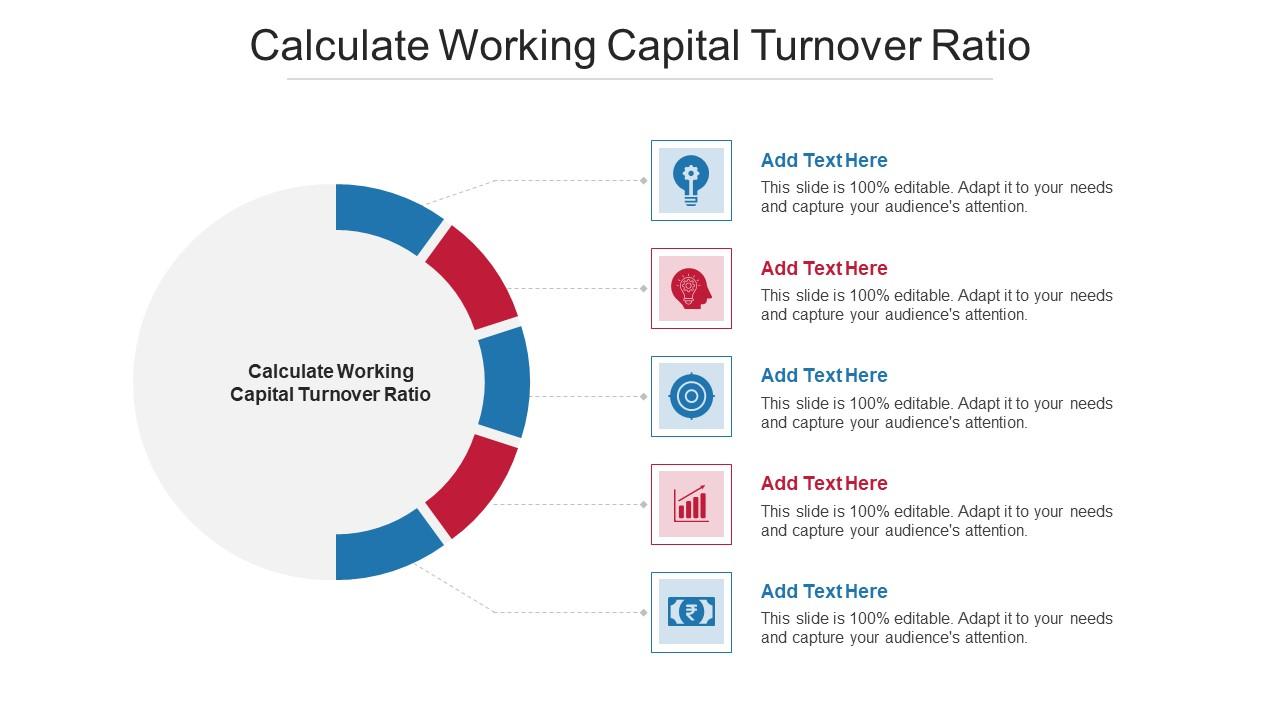

Finance
What Is A Receivables Turnover Ratio?
Modified: September 6, 2023
Learn all about receivables turnover ratios, which is a helpful measure of a company's efficiency and overall financial planning with this guide.
(Many of the links in this article redirect to a specific reviewed product. Your purchase of these products through affiliate links helps to generate commission for LiveWell, at no extra cost. Learn more)
In business accounting, there are many calculations and formulas that can provide valuable insight into one’s business financials and operations. One of those is the receivables turnover ratio. This is extremely helpful in understanding your cash flow and overall business financial planning.
Definition Of Receivables Turnover Ratio
Accounts receivable turnover is also known as the debtors turnover ratio. It measures the number of times per year that a business collects its average accounts receivable. Also, it is an efficiency ratio that quantifies a company’s effectiveness in collecting revenue or using its assets.
The receivables turnover ratio shows how well a company manages and uses the credit they provide their customers and how quickly they can collect and pay short-term debt.
What Is The Receivables Turnover Formula?
To calculate the accounts receivable turnover, you can use the following formula:
Accounts Receivable Turnover = Net Credit Sales / Average Accounts Receivable
Step 1: Determine the net credit sales.
Net credit sales are usually found on the company’s annual income statement or balance sheet. It refers to all the sales for the year that were made on credit, as opposed to cash. Instead of using cash sales, net credit sales are used because they establish a receivable. However, not all companies report their cash and credit sales separately.
The formula for net credit sales is as follows:
Sales on credit – Sales returns – Sales allowances
Step 2: Determine the average accounts receivable.
Once you have the net credit sales, the next part of the receivable turnover formula requires the average accounts receivable. The accounts receivable refers to the money owed to you by the customers.
To calculate the average accounts receivable, take the number of beginning accounts receivable for the year. Then, add it with the value of ending accounts receivable. Divide it by two to find the average accounts receivable.

Photo by William Iven from Pixabay
Step 3: Divide the net credit sales and average accounts receivable.
Once you have the two values, use the accounts receivable turnover formula. Simply divide the net credit sales by the average accounts receivable. Then, you will have the accounts receivable turnover ratio.
This ratio helps you view the effectiveness of your credit as the net credit sales value does not include cash. Therefore, if you have a lower number of payment collections from customers, you will have a lower accounts receivable turnover ratio.
In the same way, if you have a higher number of payment collections from customers, you will have a higher ratio.
Example Of Receivables Turnover Ratio
Let’s say Company A had the following financial results for the year:
Net credit sales of $2,800,000
$125,000 in accounts receivables on January 1st or the beginning of the year
$235,000 in accounts receivables on December 31st or at the end of the year
We can calculate the receivables turnover ratio in the following way:
Average Accounts Receivable: $125,000 + $235,000 = $360,000 / 2 = $180,000
Accounts Receivable Turnover Ratio: $2,800,000 / $180,000 = 15.55
Company A has an accounts receivable turnover of 15.55. For instance, its biggest competitor, Company C has an accounts receivable turnover of 21. While Company B has an accounts receivable turnover of 10. Based on these numbers, Company C has the highest collections out of the three.
Photo from Max Pixel
What ‘Receivables Turnover Ratio’ Means
Aside from measuring the effectiveness of how you extend credit and collect debts, the ratio can mean a lot for a business. We have mentioned that the higher your ratio, the more times you are turning over your accounts receivable. This means that there is a higher likelihood that your customers’ debts are being paid quickly.
A higher receivables turnover improves your cash flow and allows you to pay your business’ debts. Take payroll as an example. In addition, a higher ratio means it is more likely your business will eventually receive payments for debts. This is a sign of a financially healthier business.
Not only for calculating the likelihood and speed of the payments you will receive, the ratio can also indicate how well your business handles credit policy and practices. This also manages customer debt.

Photo by rawpixel from Pixabay
High Receivables Turnover Ratio
The general rule of thumb is that the higher the accounts receivable turnover rate, the better. It can mean the following things:
- The company’s collection methods are effective.
- The customers are paying off debt quickly. They are freeing up credit lines for future purchases.
- You receive payment for debts increasing your cash flow.
- You don’t take on as much bad debt as you have a conservative credit policy. This means you are extending credit to the right kinds of customers.
- A high ratio could also mean that the company is operating on a cash basis.
However, although a higher receivables turnover ratio is preferable, there may be instances in which it could be too high. Too high ratio can mean too conservative credit policies, driving away potential customers.
It can also lead to a missed sales opportunity from a customer with slightly lower credit. In this case, you might want to reconsider your credit policies to increase sales and improve customer satisfaction.

Photo from Pexels
Low Receivables Turnover Ratio
If you have a low receivables turnover ratio, you are probably not effective in collecting debt payments for your sales. This could indicate a few possibilities:
- The company’s collections policies may not be effective.
- Customers may struggle to make their payments, making future purchases less likely.
- Bad or uncollectible debt is hurting your cash flow.
- You are too lenient in giving credit.
A low turnover rate could indicate additional problems in the company. The company’s turnover may slow when they fail to satisfy customers through shipping errors or products that malfunction and need to be replaced.
If the ratio is low, consider a variety of factors that may contribute to this. Once you have identified those problems, evaluate how you can change your practices to improve your accounts receivable turnover ratio.

Photo by rawpixel from Pixabay
Importance Of Receivables Turnover Ratio
The accounts receivable turnover ratio can be an important figure for the company’s business management and planning. This will help you learn how quickly your average debts are paid. Determining what your cash flow will look like in the coming months to plan your expenses better.
Moreover, it addresses collections issues to improve cash flow. This will help reinvest in your business for additional growth. Since many loans use accounts receivable as collateral, you can get a business loan by improving your ratio. You can also potentially improve your loan terms and the level of collateral you can offer.
Improve your receivables turnover ratio by changing your policies. This will help your cash flow, loan possibilities, and overall financial planning. These are all integral to the success of your business.














